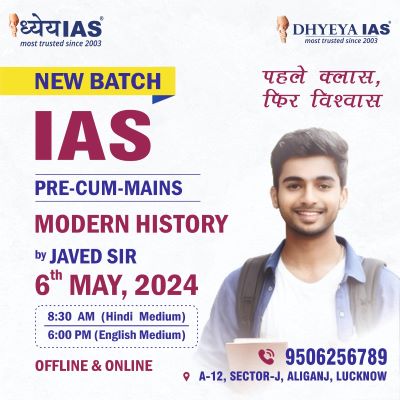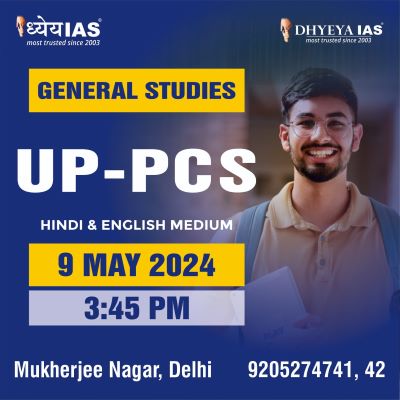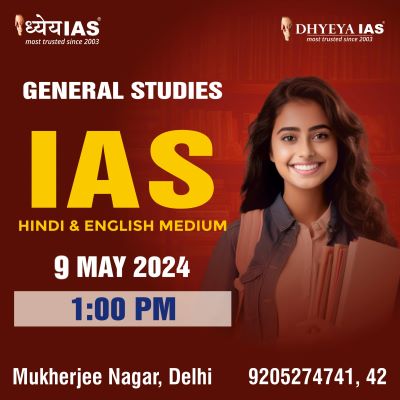Current Affairs Brain Booster for UPSC & State PCS Examination
Topic: Indian Brain Templates

Why in News?
- The National Institute of Mental Health and Neuro-Sciences (NIMHANS) has developed new Indian Brain Templates (IBT) and a brain atlas to scan brain structure of the patients.
About IBTs
- The neuroscientists have studied over 500 brain scans of Indian patients to develop five sets of IBT and a brain atlas for five age groups covering late childhood to late adulthood (six to 60 years).
- The age groups are divided in the 6-11 years (late childhood), 12-18 years (adolescence), 19-25 years (young adulthood), 26-40 years (adulthood) and 41-60 years (late adulthood).
- The idea of studying the scans of brains in various age groups was because “there is a period of remarkable change that occurs from early adolescence to young adulthood (till about 25). It is a process called pruning. The thickness of the cortex starts reducing. Till about 5 to 6 years, the size of the brain increases. As exposure to various kinds of environment increases, the grey matter gets pruned, then stabilises and very gradually starts reducing,
- The complete product is freely available for clinicians and researchers across India and the world.
About Montreal Neurological Index
- The Montreal Neurological Index (MNI) template that we currently use is based on Caucasian brains.
- The MNI template was made by averaging 152 healthy brain scans from just a small slice of the city’s population in North America. But Caucasian brains are different from Asian brains.
- While some countries have their own scale to measure the brain, we are still dependent on the Caucasian brain template.
Significance
- When most brain scans (MRI) are taken, they need to be compared to a standard brain template — a model or standard for making comparisons from a group of individual brain scans. This helps researchers identify parts of the brain.
- A challenge for researchers is that brain size and shape differs across ages, and across regions and ethnicities, and even greatly within any population.
- While the vast majority of these differences are structural and are not associated with intelligence or behaviour, they do present a practical challenge of matching up similar regions across people, which is necessary for accurate measurements.
- These new population- and age-specific Indian brain templates will allow more reliable tracking of brain development and ageing, similar to how paediatricians monitor a child’s height or weight, for example, using a growth chart.
- Validation experiments and comparisons with existing international templates found that using the NIMHANS IBTs for Indian brains significantly improved the accuracy of alignment and thereby noticeably reducing distortions, errors or biases in final reports of brain structure and function.
- The templates and atlas will provide more precise reference maps for areas of interest in individual patients with neurological disorders like strokes, brain tumours, and dementia.
- These templates and atlas will also help pool information more usefully in group studies of the human brain and psychological functions, aiding our understanding of psychiatric illnesses like Attention Deficit Hyperactivity Disorder (ADHD), autism, substance dependence, schizophrenia, and mood disorders
























